Interweaving Landscapes – 2024.11.15
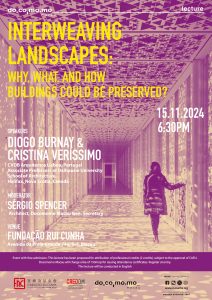 The DOCOMOMO Macau Research Center is delighted to invite you to the lecture “Interweaving Landscapes: Why, what, and how buildings could be preserved?” presented by Diogo Burnay & Cristina Verissimo. Join us on November 15th at 18:30, hosted at the Rui Cunha Foundation, located at 749 Avenida da Praia Grande, GF, Macau.
The DOCOMOMO Macau Research Center is delighted to invite you to the lecture “Interweaving Landscapes: Why, what, and how buildings could be preserved?” presented by Diogo Burnay & Cristina Verissimo. Join us on November 15th at 18:30, hosted at the Rui Cunha Foundation, located at 749 Avenida da Praia Grande, GF, Macau.
Diogo Burnay is an Associate professor of the School of Architecture in Dalhousie University, Halifax, Canada since 2012 and Director of the School of Architecture from 2012 to 2022. MSc in Architecture, Bartlett School of Architecture, University College London, London, England, 1995.
Worked in Lisbon with Maria Manuel Godinho de Almeida and Duarte Cabral de Mello in 1989; in London at Building Design Partnership, between 1988 and 1990; In Macau with Manuel Vicente, between 1992 and 1995 and at OBS Arquitectos, between 1995 and 1997. Taught at the University of Hong Kong Architecture School in 1995; at the Faculdade de Arquitectura University of Lisbon, from 1997 to 2011; at the College of Design, University of Minnesota in 2002 and 2006 and at the Architecture School University of Texas, Arlington, 2007. External examiner, Bartlett School of Architecture, University College London from 2010 to 2015.
Cristina Verissimo is a Professor of Practice at the School of Architecture, Dalhousie University, Canada, since 2013 and became Associate Professor in 2024. MArchII Degree, GSD Harvard University, 2002.
Worked in Lisbon with Carrilho da Graça (1987 – 1989). Worked in London with Zaha Hadid (1989 – 1991). In Macau China at Profabril (1992-1996). Taught at the Faculdade de Arquitectura University of Lisbon, from 1999 to 2012. Developing a PhD on research of possible new uses of Cork in architecture. Conducting international workshops involving researchers, universities and industry.
They founded CVDB Arquitectos in 1999. Projects and buildings have been exhibited and published worldwide and have received national and international awards and prizes (WAN 2013 Education Building 1st prize and Archdaily Best Education Building of the year 2014, Architectural Review 2015, highly commended for education buildings). They are now building the new Supreme Court building in Mozambique. They were the chief curator of the Lisbon Architecture Triennale 2022 “TERRA”. They are part of the jury of the Ibero-American Biennial of Architecture and Urbanism (BIAU) “CLIMAS”
Interweaving Landscapes: Why, what, and how buildings could be preserved?
How can the preservation of existing buildings contribute to addressing broader environmental and social issues? Why can a community’s cultural living memory benefit from building preservation? What can be the new stories, narratives, and outcomes that emerge from interweaving cultural heritage and contemporary architecture interventions?
The linear and longitudinal platform of Mora former Railway Station became the pathway connecting the different buildings of the new Megalithic Interpretative Centre of Mora Arraiolos Tapestry Museum is the new life of a building that was in the past: a convent, a Hospital, and a Military Headquarters. Braamcamp Freire School brings together old and new buildings in an interwoven way to form a holistic entity and spatial experience for its community. The existing convent courtyard served as the typological inspiration for organizing the MiraRio school in a series of courtyards, connected through a series of pathways. The Phenician archeological center in Tavira explored the new roof structure that shelters the old Phenician settlement, as a public platform, connecting the archeological findings to the existing city.
How do we learn to read and interpret the characteristics and qualities of these different built conditions and circumstances and continue to tell either new or other stories that bring these diverse narratives together in space and throughout time?



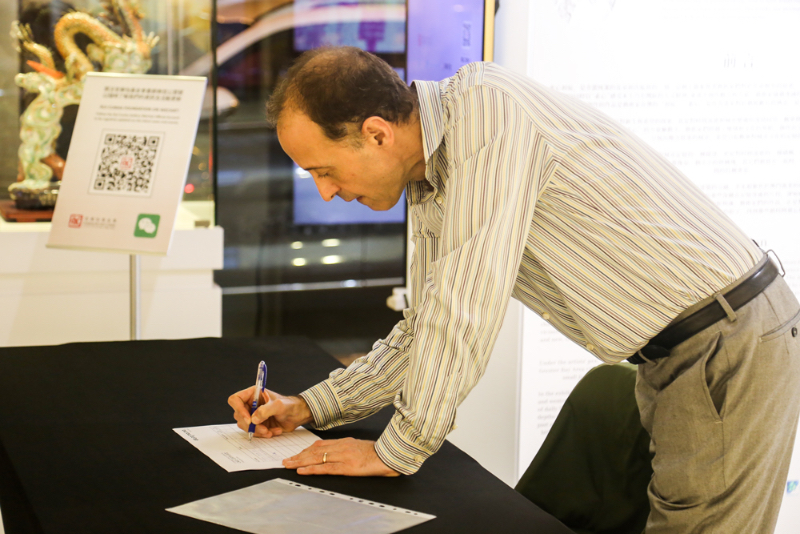
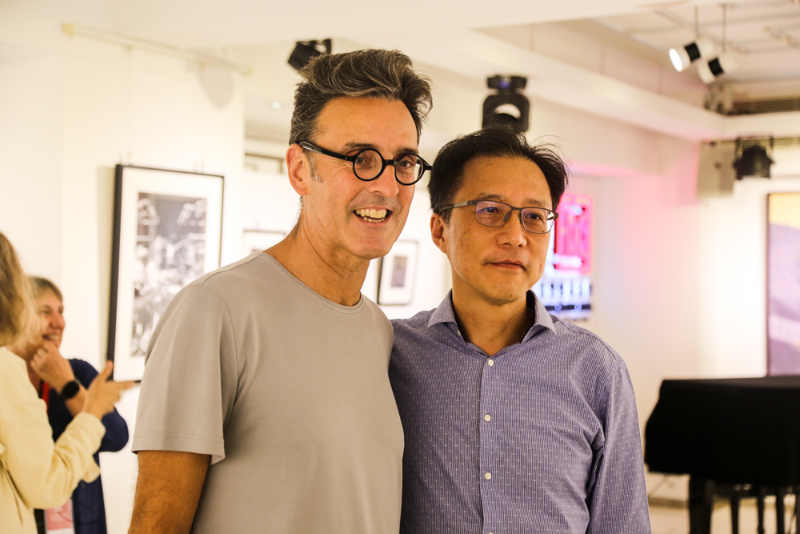
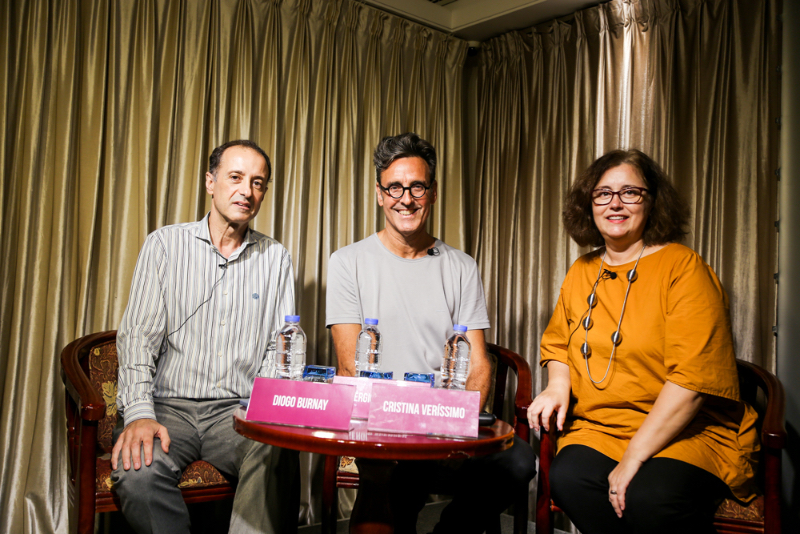
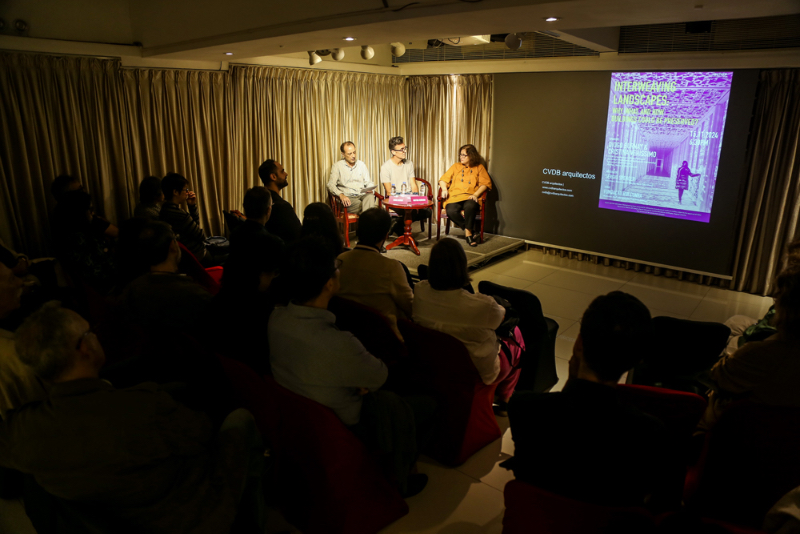
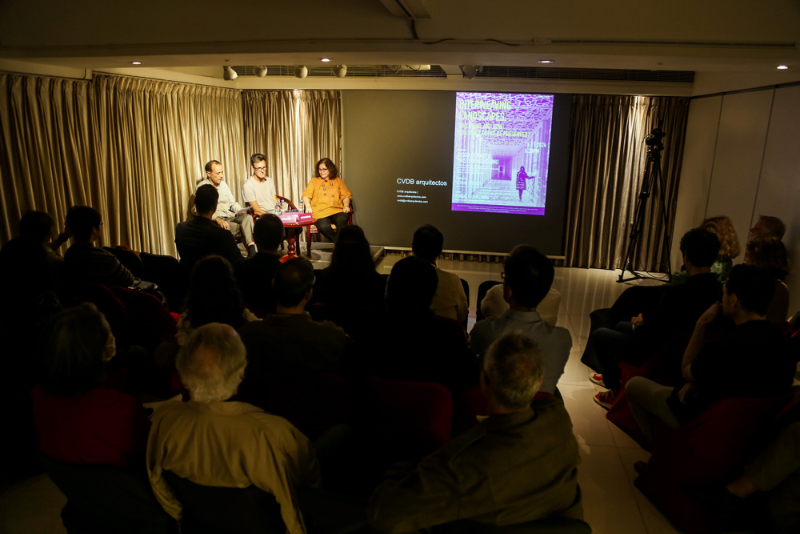
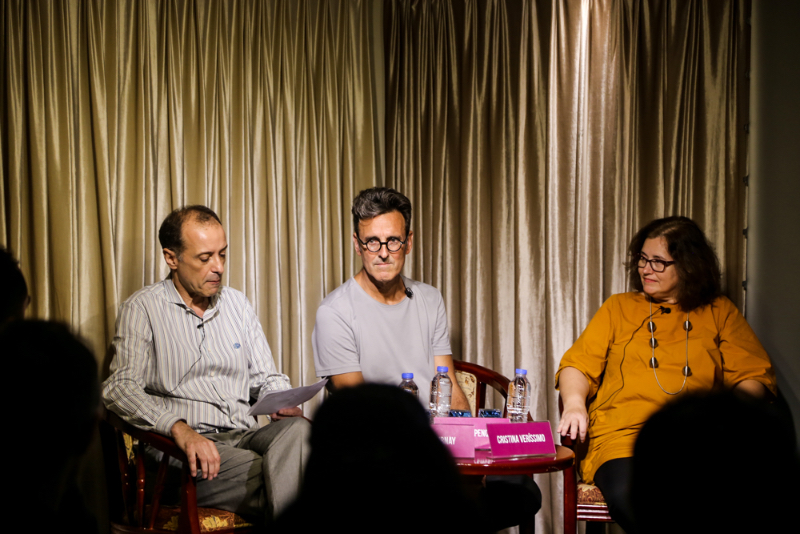
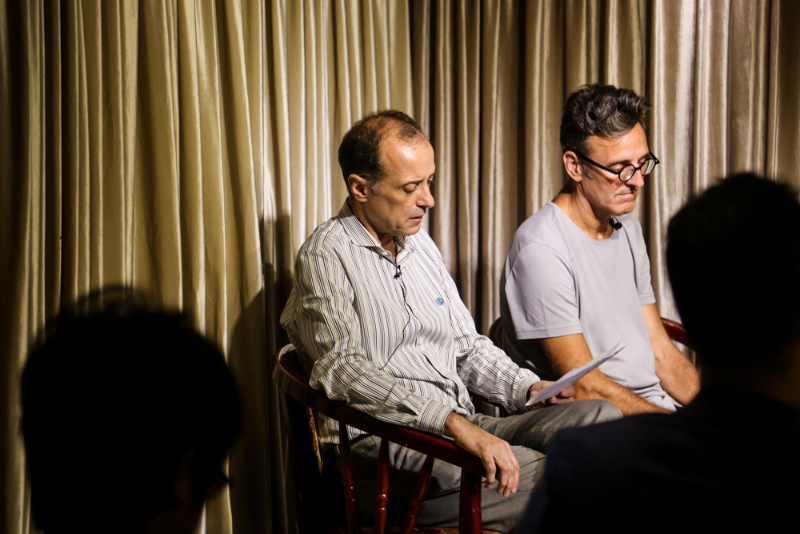
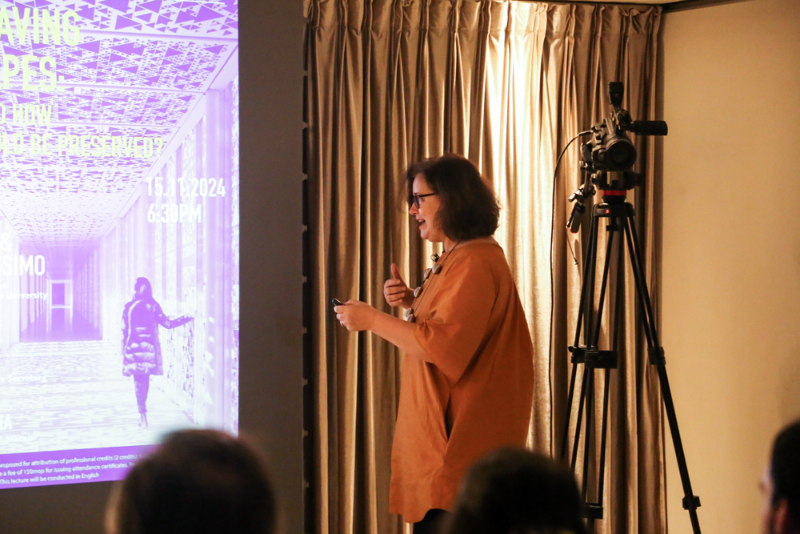
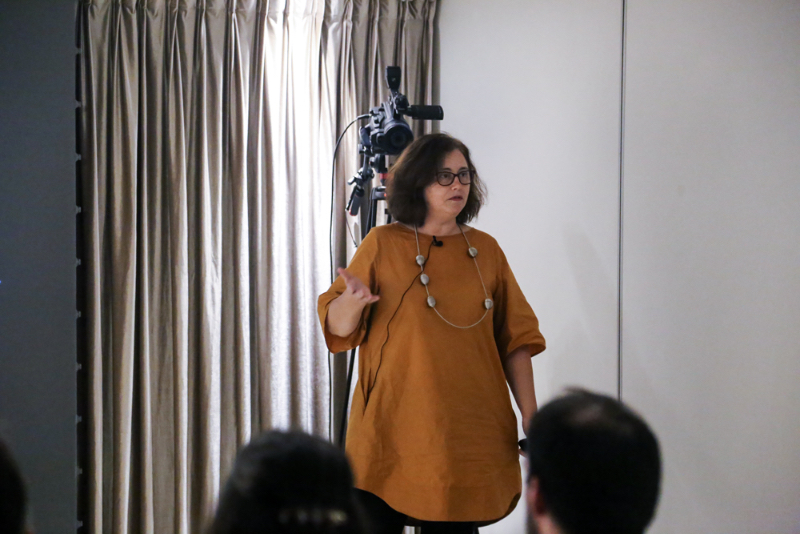
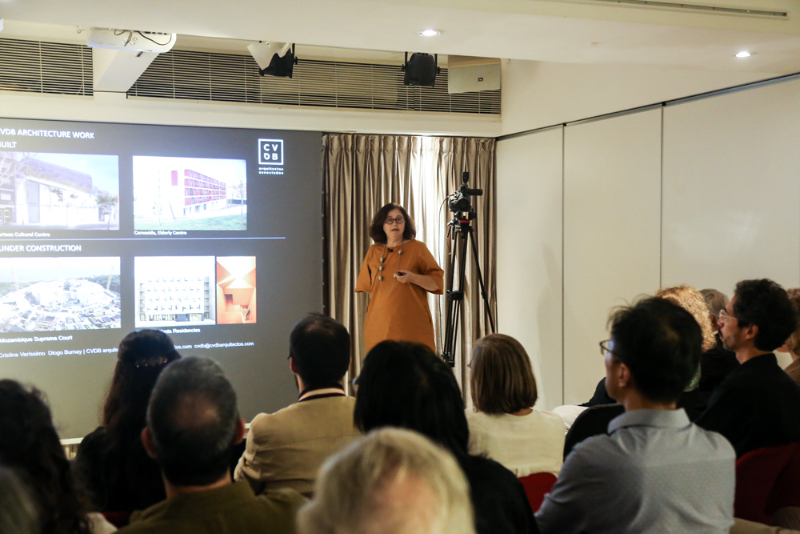
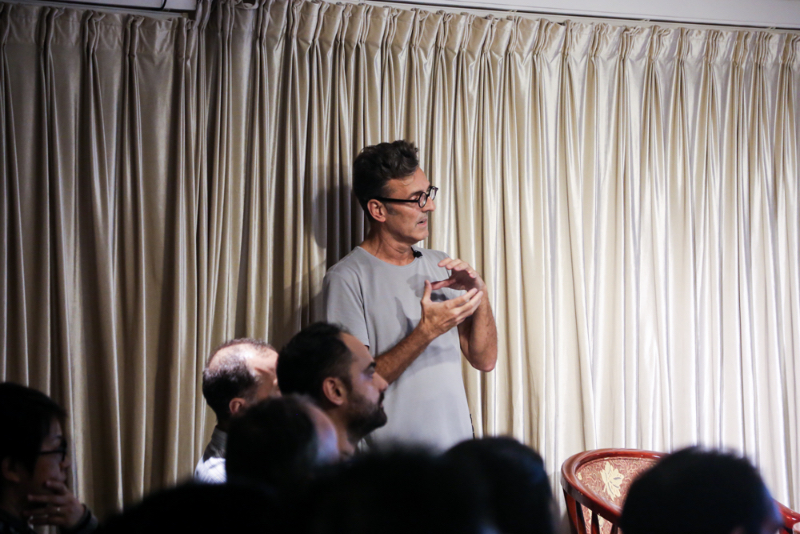
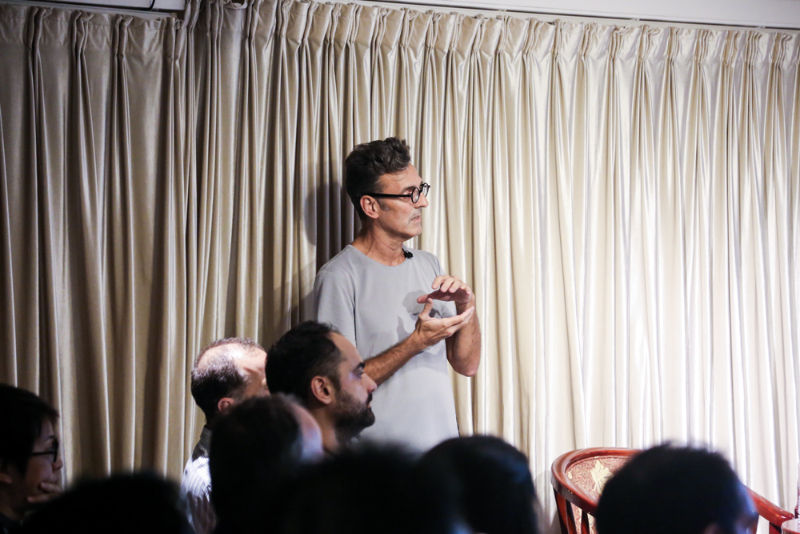
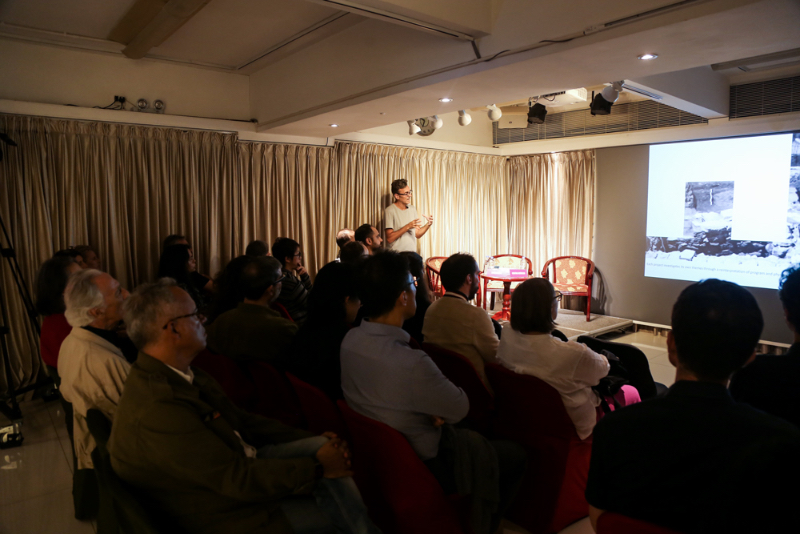
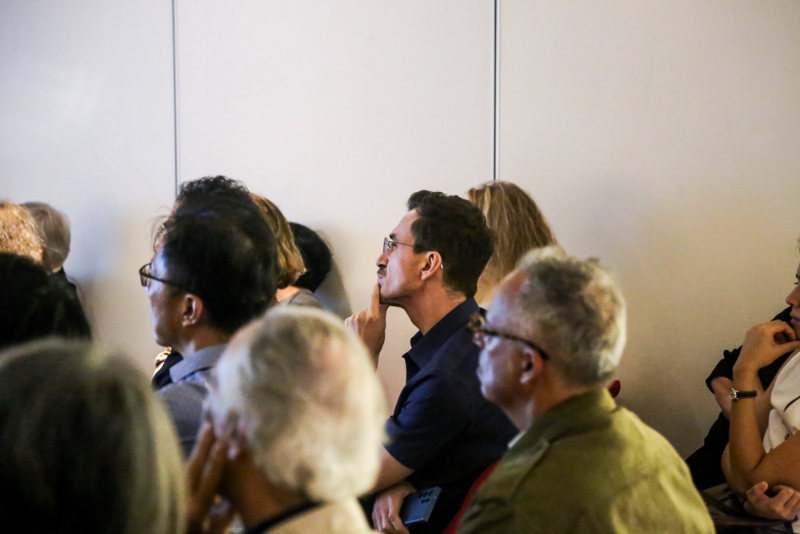
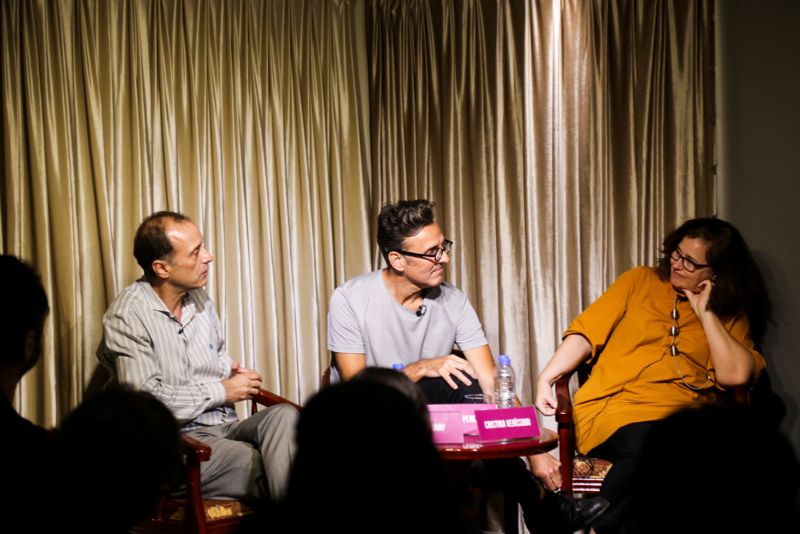

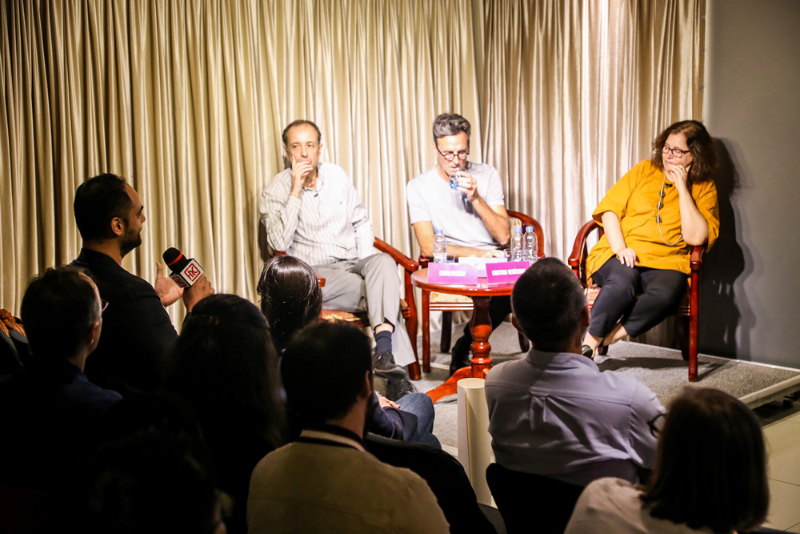
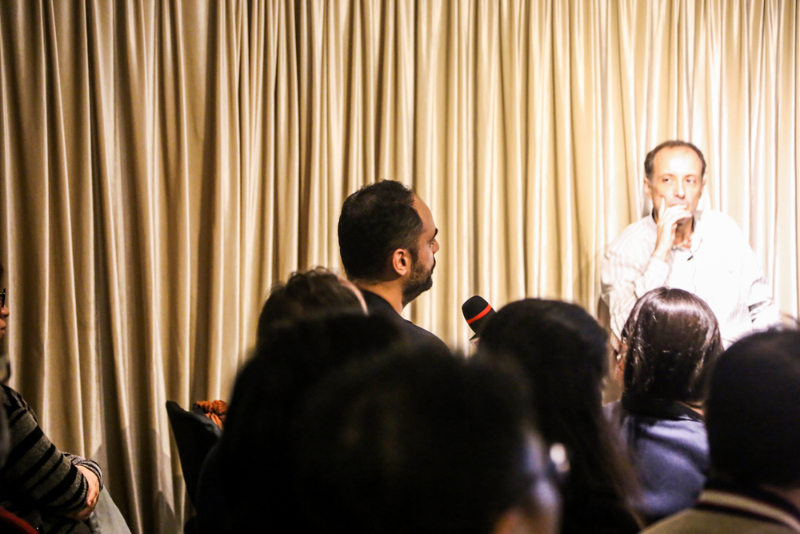
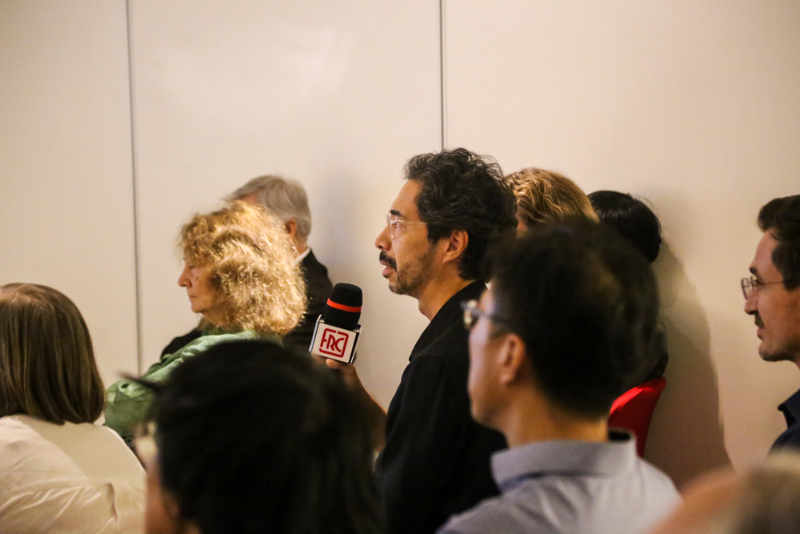

發表迴響
抱歉,你必須要登入才能發表迴響喔!